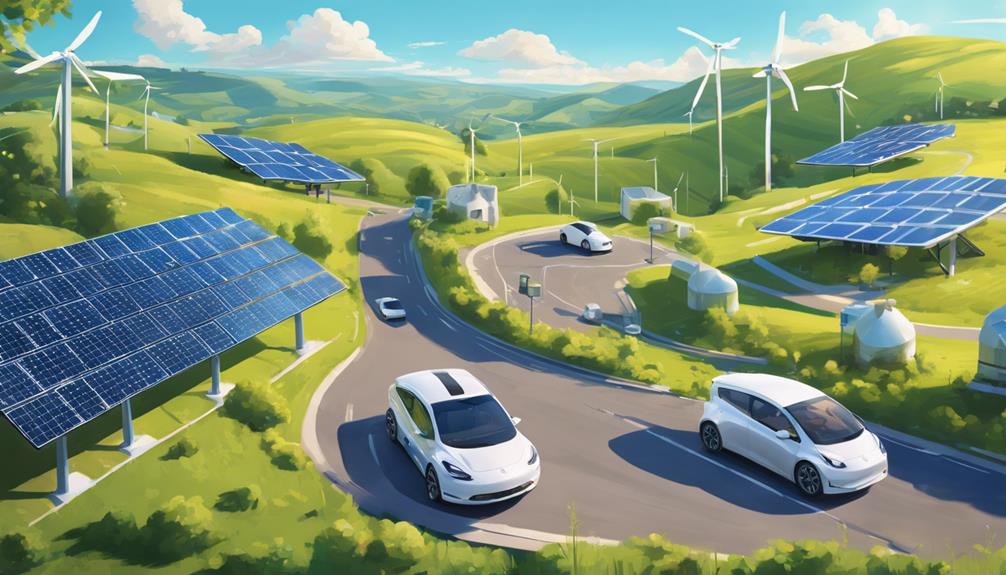
Bifacial solar panels are gaining traction as an innovative solution in the renewable energy sector. With their ability to capture sunlight from both sides, these panels offer enhanced efficiency compared to traditional solar panels. However, one of the key considerations for homeowners and businesses is the bifacial solar panel price. In this blog post, we will explore various aspects of bifacial solar panel pricing, including factors affecting costs, comparison with monofacial panels, installation considerations, and potential return on investment.
What Are Bifacial Solar Panels?
Bifacial solar panels are a type of solar technology designed to harness sunlight from both their front and rear sides. Unlike traditional monofacial panels, which only collect solar energy from the front, bifacial panels can increase energy generation by utilizing reflected sunlight from surfaces like rooftops, ground, and other nearby objects. This unique design not only enhances efficiency but also makes them a popular choice for large-scale solar farms and residential installations alike. Understanding how bifacial solar panels work is essential when considering their bifacial solar panel price and overall value.
Factors Influencing Bifacial Solar Panel Price
The bifacial solar panel price can vary significantly based on several factors. First, the brand and quality of the panel play a crucial role. High-quality panels from reputable manufacturers tend to be more expensive but often come with better warranties and efficiency ratings. Additionally, the installation process can affect the total cost, as bifacial panels may require specific mounting systems to optimize their dual-sided energy capture. Other factors include local incentives, installation costs, and the scale of the solar project. By understanding these elements, consumers can make informed decisions about their solar investments.
Comparison of Bifacial vs. Monofacial Solar Panels
When evaluating the bifacial solar panel price, it’s essential to compare them with traditional monofacial panels. While bifacial panels typically have a higher upfront cost, they also offer greater energy output due to their ability to capture reflective sunlight. Studies show that bifacial panels can produce 10-20% more electricity than their monofacial counterparts, depending on the installation conditions. This increased energy generation can lead to faster payback periods and a higher return on investment over time. Therefore, while the initial cost might be higher, the long-term benefits often outweigh the difference.
Installation Costs and Considerations
The installation of bifacial solar panels involves specific considerations that can influence the overall bifacial solar panel price. For instance, proper mounting systems are required to ensure that both sides of the panel can capture sunlight effectively. This may involve the installation of elevated racks or systems that allow for optimal positioning relative to the sun. Additionally, the installation process may require more labor and expertise compared to traditional systems, which can further contribute to the overall cost. It’s crucial for potential buyers to consult with experienced solar installers to get accurate estimates and understand the full scope of installation costs.
Government Incentives and Rebates
Government incentives and rebates can significantly impact the bifacial solar panel price for consumers. Many regions offer tax credits, rebates, and other financial incentives to promote renewable energy adoption. For example, the federal solar tax credit allows homeowners to deduct a percentage of their solar installation costs from their federal taxes, which can help offset the initial investment. Additionally, some states and local governments may provide additional incentives specifically for bifacial solar installations. Researching available incentives in your area can provide substantial savings, making bifacial solar panels more financially accessible.
Long-term Savings and ROI
Investing in bifacial solar panels can lead to considerable long-term savings and a favorable return on investment (ROI). Although the initial bifacial solar panel price may be higher than traditional panels, the potential for increased energy production can translate into lower electricity bills. Over time, the savings on energy costs can offset the initial investment, leading to a positive ROI within a few years. Additionally, bifacial panels often come with longer warranties and improved durability, further enhancing their financial appeal. Homeowners and businesses should consider their energy needs and calculate potential savings when evaluating the overall value of bifacial solar panels.
Environmental Impact and Sustainability
In addition to financial considerations, the environmental impact of bifacial solar panels is a key factor for many consumers. By harnessing renewable solar energy, bifacial panels contribute to reducing greenhouse gas emissions and dependence on fossil fuels. The increased efficiency of bifacial panels means that less land may be needed for solar installations, allowing for more sustainable land use. Moreover, the longer lifespan and durability of these panels often result in less waste over time. When considering the bifacial solar panel price, it’s essential to weigh the environmental benefits against the investment to fully understand the value of this technology.
Conclusion: Making an Informed Decision on Bifacial Solar Panel Price
The bifacial solar panel price is influenced by various factors, including brand quality, installation costs, and local incentives. While these panels may have a higher upfront cost compared to traditional options, their increased efficiency and potential long-term savings make them a compelling investment for many. By understanding the intricacies of bifacial solar technology, installation considerations, and available incentives, consumers can make informed decisions that align with their energy needs and financial goals. As the demand for renewable energy continues to grow, bifacial solar panels represent a promising solution for those looking to invest in clean, sustainable energy.
By carefully evaluating these elements, you can determine whether bifacial solar panels are the right choice for your energy needs and budget.





